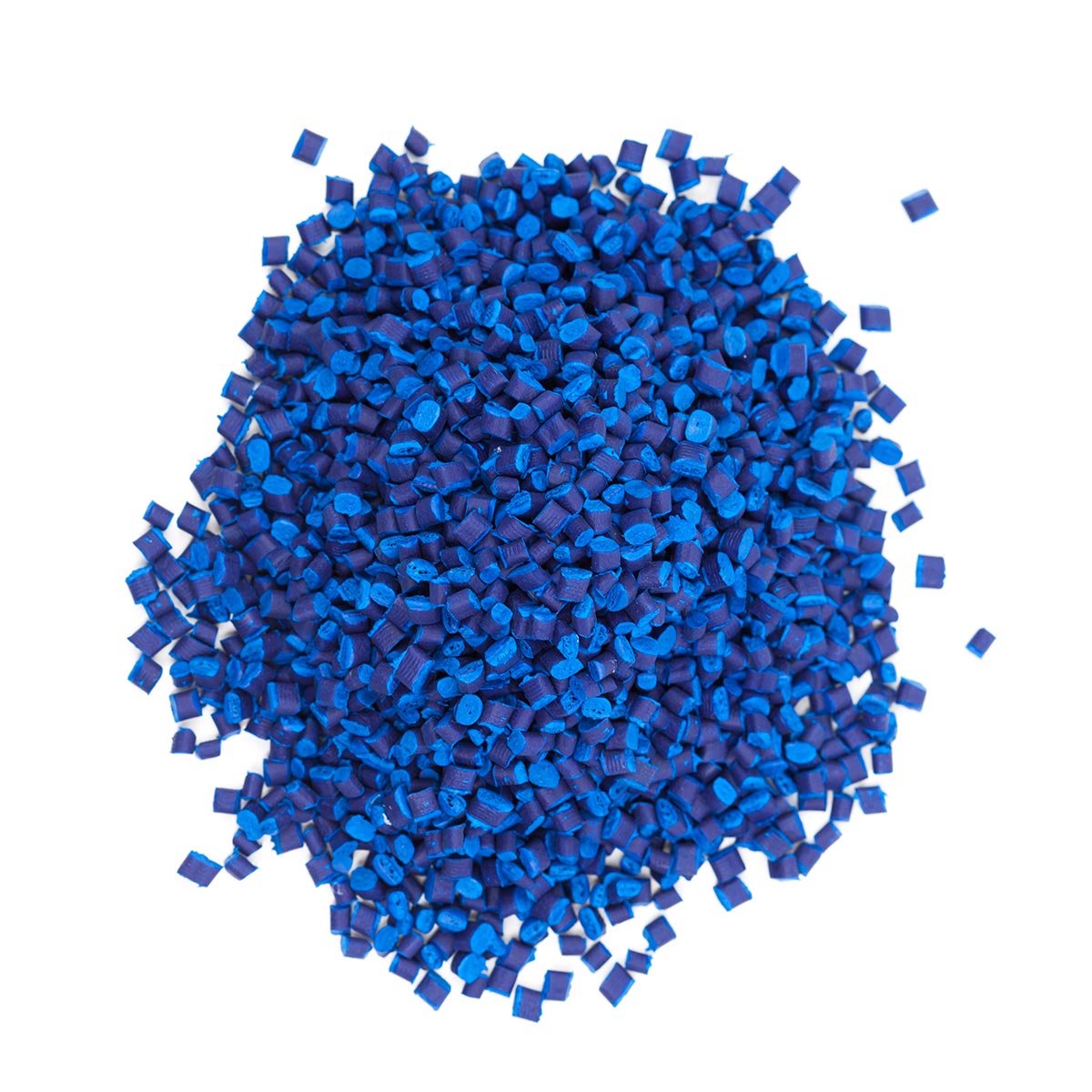- Home
- Blog | WaterNeeds Water Tanks and Water Pumps Sydney NSW
- How Poly Water Tanks Are Made: A Step-by-Step Guide
How Poly Water Tanks Are Made: A Step-by-Step Guide
Posted by on
Polyethylene water tanks, commonly known as poly water tanks, are a staple in residential, agricultural, and industrial water storage. Their durability, lightweight design, and affordability make them a popular choice. But, have you ever wondered how these tanks are made? Let’s take a closer look at the process of manufacturing poly water tanks.
 1. Raw Material Preparation
1. Raw Material Preparation
The production of poly water tanks begins with polyethylene¹, a versatile thermoplastic polymer. The raw material comes in the form of tiny granules or powdered resin. These materials are chosen for their high strength, flexibility, and resistance to UV radiation, ensuring the tanks can withstand harsh environmental conditions and also store potable water, safe for drinking.
2. Rotational Moulding
The most common method used to manufacture poly water tanks is rotational moulding (also known as rotomoulding). This technique allows for the creation of seamless, durable tanks with uniform thickness. Here’s how it works:
Mould Preparation
A mould in the shape of the desired tank is created. These moulds are typically made of steel or aluminium and come in various sizes to accommodate different tank capacities.
Loading the Mould
The polyethylene resin is measured and loaded into the mould. If one of the myriad coloured tanks are desired, pigments are added at this stage to ensure the colour is evenly distributed throughout the tank.
Heating and Rotating
The mould is placed into an oven and heated to temperatures of about 260°C while being rotated along two perpendicular axes. This rotation ensures the resin evenly coats the inside of the mould, creating a uniform layer.
Cooling
After the heating process, the mould is removed from the oven and cooled using air or water sprays. The gradual cooling process solidifies the polyethylene into the desired tank shape.
Demoulding
Once cooled, the mould is opened, and the newly formed tank is carefully removed. At this stage, the tank is inspected for any defects or inconsistencies.
3. Fittings and Assembly
After the tank is moulded, additional components like inlet and outlet fittings, overflow pipes, and lids are added. These fittings are typically installed using precision tools to ensure watertight seals and proper functionality.
4. Quality Control
Each poly water tank undergoes rigorous quality control tests to ensure it meets industry standards. These tests include:
- Leak Tests: To verify the tank is completely watertight.
- UV Resistance Tests: To ensure the tank can withstand prolonged exposure to sunlight without degrading.
- Strength Tests: To confirm the tank can handle the pressures of water storage and external forces.
5. Distribution and Use
Once the tanks pass quality control, they are cleaned, packaged, and shipped.Poly water tanks are used for a variety of applications, including rainwater harvesting, irrigation, and potable water storage.
Advantages of Rotomoulded Poly Water Tanks
To summarise, the manufacturing process gives poly water tanks several advantages:
- Seamless Construction: Reduces the risk of leaks.
- Myriad options: Available in various shapes, sizes e.g slimline, and colours.
- Durable: Resistant to UV rays, corrosion, and impact.
Conclusion
The creation of poly water tanks is a tried and tested process that combines advanced technology with precision craftsmanship. Understanding how these tanks are made highlights the innovation behind an essential product that supports water conservation and storage worldwide. The next time you see a poly water tank, you’ll know the intricate journey it took to serve its purpose. Contact our specialist team today to learn more about a water tank that would suit your needs.
Recent Posts
- The Ultimate Guide to Water Tanks in Sydney: Everything You Need to Know
- How Poly Water Tanks Are Made: A Step-by-Step Guide
- Is Rainwater Tank Water Dirty? Here's What You Need to Know
- Are Poly Water Tanks Safe for Drinking Water?
- The Lifespan and Benefits of Poly Water Tanks: A Reliable Solution for Water Storage
 Loading... Please wait...
Loading... Please wait...
